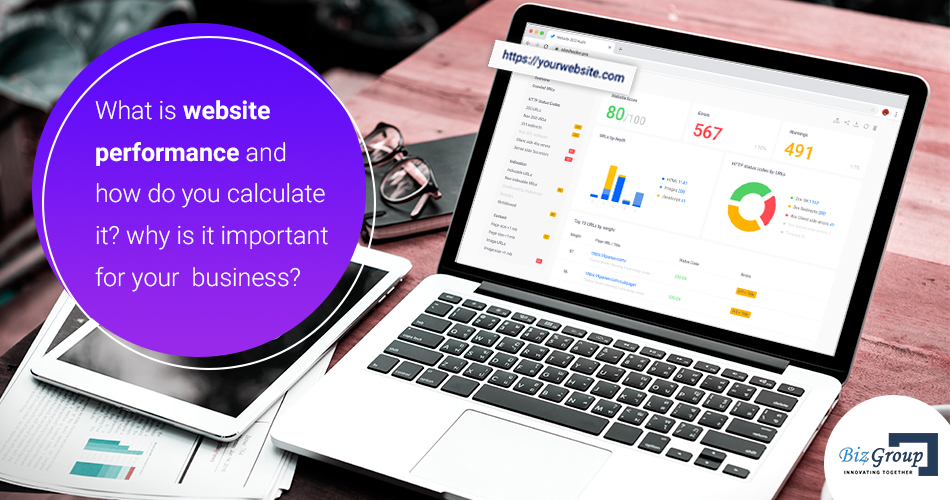What is website performance and how do you calculate it? Why is it important for your business?
The world has entered the digital age where everything is available with just a few clicks on a smartphone. In this epoch, the only thing that every individual is missing onto is time. Yes, the time has become as important as money and especially on the digital platforms that relate directly to the success or failure of a website. Moreover, we have entered such an age where every business player from almost every business vertical needs an online presence.
Understanding Website Performance
Consider yourself a customer who wants to order some books online. The moment you go to any website and the loading time is exceeding several seconds. The next step from your end will be simply leaving that site and opting for another one where you can browse through a whole list of books available online and you can order yours within a few easy clicks. Yes, this is the performance that directly affects the business and decides whether the online player is efficiently standing in the competition or has lost the game.
It is a website performance that determines the customer experience, brand perception, and eCommerce success. To stay ahead in the competition, it becomes imperative for online players to facilitate exceptional user experience and deliver the best in class customer satisfaction.
Delving a little deeper into the performance aspect, the components of website monitoring, web application monitoring, and API monitoring are the driving factors to determine the success of the online business. Web performance optimization comes with an array of benefits that includes, increase in loyal customer, customer retention, higher ranking in search results, and others.
How to calculate web performance?
The first point that comes to light is website speed performance while measuring the complete web performance. It’s not just the interactive media and quality graphic designs that impress a viewer but the lighting fast load time that gives the extra edge over competitors. There are a number of parameters that determine that web performance, which includes Time to Title, Time to start Render, Time to interact, DNS survival weight, and overall asset count are some of the major parameters that determine the web performance. Though bounce rate and conversion rate are some of the parameters that directly correlate to the sales matrix of any website and exhibits the profit or loss of any eCommerce player yet in a broader perspective, it can be deduced that faster loading time can help the online players help with generating client traction and client retention. At last, this is not to be forgotten that website performance through all different parameters keeps the customer experience at the center.
The big question: Why website performance is important for your business?
We live in the 21st century digital age where regardless of the business vertical, customer centricity lies at the epitome for business growth and success. The eCommerce market, which is one of the world’s fastest-growing markets, is also no exception. The big question is largely addressed with this statement that better user means better conversion rates.
Out of all the determining factors, the bouncing rate is one of the solid measures that tell us about the website performance as it directly relates to customer satisfaction. If any website is going to take longer loading time, the user is simply going to shift to another website. Indeed, this is an effective measure because it determines the growth and profit of the eCommerce company. With the widespread internet penetration and availability of advanced smartphones on the go, even the websites are also needed to have a faster loading speed. If the loading time is faster and the pages are greatly responsive with better graphics and relatable content then there is a higher probability that the customer conversion ratio will be higher, eventually leading to the profits of the website.
Apart from customer conversion, there is yet another aspect that depends on website performance and optimization, which is known as the ranking of the website. Its been a couple of years that Google has started considering load time into account for ranking websites. Along with other factors like domain age, inbound and outbound links, content mapping, etc. Google has started measuring the loading time of the website as well.
Conclusion
The digital age that we live in today is perfectly synchronized with the theory of ‘Survival of the fittest’, especially for the eCommerce players. Optimizing the content and graphics in a way that can speed up the loading time and provides a smooth experience to the customer is the way out. However hard it may sound, but with the right help and guidance of expert e-commerce solution providers, eCommerce players can accomplish the task and facilitate their customers with best-in-class user experience.
 info@biz4group.com
info@biz4group.com 















































